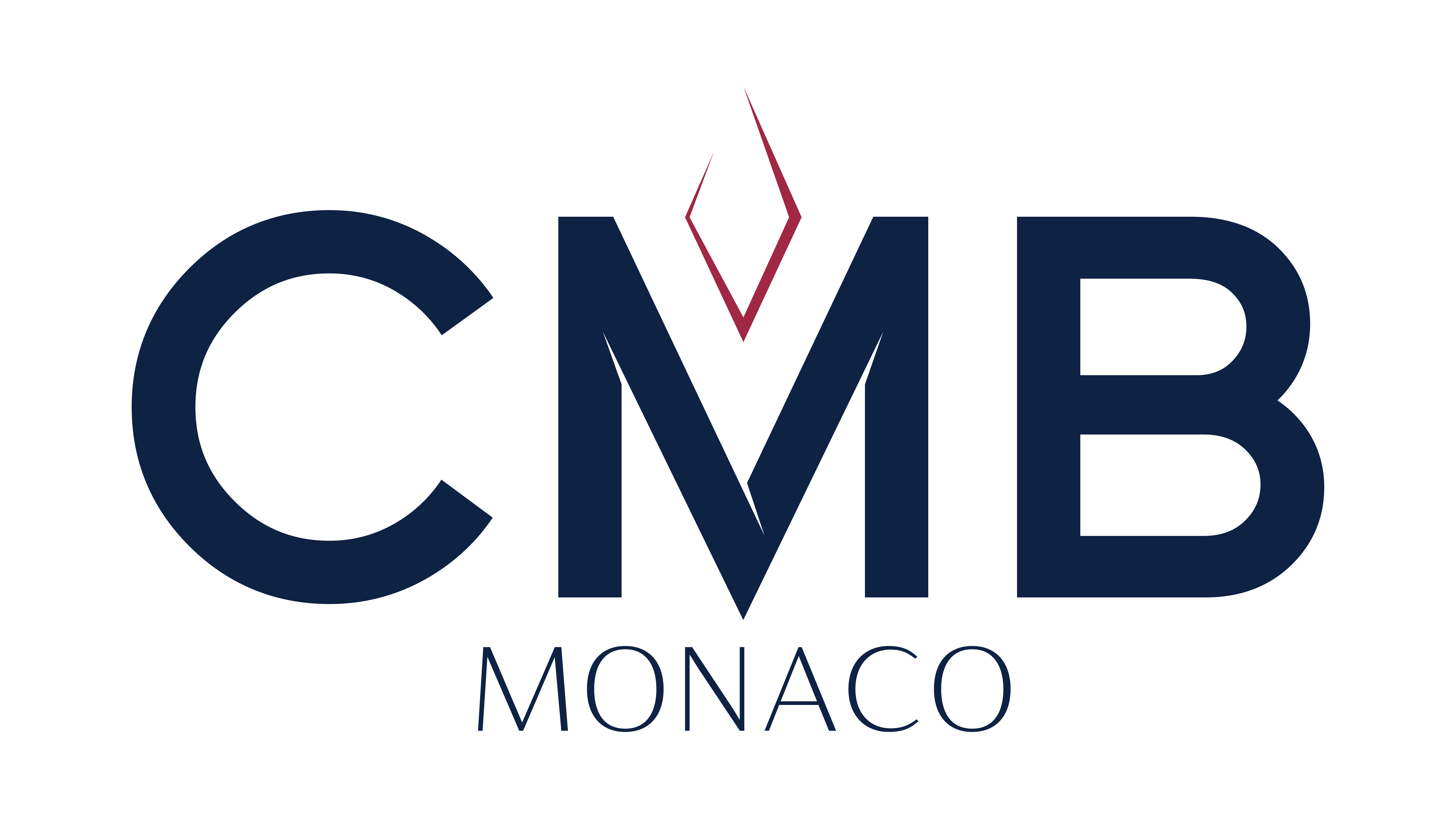Unlocking the private edge: How venture capital and secondaries are reshaping portfolios
30 Juin 2025
In a fast-changing investment landscape, two segments of the private markets are capturing renewed attention: venture capital and secondaries. While very different in structure and risk profile, both offer compelling opportunities for long-term investors looking to diversify beyond traditional assets.
To explore this momentum, we sat down with Alex Bogdanovskij, Investment advisor at CMB Monaco, and Tom Fitzherbert-Brockholes, Managing Director on StepStone’s private equity team, focusing on venture capital and growth equity investments. Together, they share their insights on why now might be the right time to lean into these themes, and how private banks and institutional managers can help clients access them with confidence.
- Who is StepStone Group? What differentiates it from other Private Markets managers?
Tom: StepStone Group (Nasdaq: STEP) is one of the largest and most active allocators to private markets, responsible (as of 31 March 2025) for over $700 billion of capital across private equity, venture and growth, private debt, real estate and infrastructure. What sets us apart is our scale, data-driven approach, and deep network of relationships. Within venture capital and growth equity specifically, we are among the largest investors globally, with a dedicated team of 80+ investment professionals that actively source and originate investment opportunities around the globe.
We invest across the full spectrum of venture capital and growth equity, from pre-seed to pre-IPO, which enables us to have deep visibility into the innovation economy globally.
We leverage our insights from longstanding relationships with leading venture and growth fund managers to identify and access what we believe are outperforming companies, either directly or through secondary transactions, to give our clients exposure to compelling opportunities in the asset class.
- Why is now a compelling time to invest in Venture Capital and Growth Equity, especially for UHNW seeking asymmetric upside?
Alex B.: With the number of publicly listed companies steadily declining and high-growth private companies choosing to stay private longer, the opportunity set has dramatically shifted. Today, there are nine times more private companies generating over $100 million in revenue than their public counterparts. For UHNW individuals and institutions seeking both diversification and outsized returns, private markets have become essential. Notably, many of the world’s most transformative companies, including those now part of the "Magnificent Seven”, began their journeys in the private capital space.
Additionally, valuations have normalized significantly since the peaks of 2020-2021. The speculative excess has dissipated, and we're once again seeing the potential to invest in high-quality businesses at rational, long-term prices, a rare window in an otherwise competitive asset class.
Tom: Yes, valuations have come down, and we’re also seeing real opportunity lining up with major innovation tailwinds. Returns in the venture and growth asset class are driven to a meaningful extent by innovation cycles. There is broad consensus that we are in the early innings of a massive innovation cycle driven by AI as well new innovative companies going after largely undisrupted, and massive markets, like defense and energy to name just two. The vast majority of this innovation is happening in the private markets. If UHNWIs don’t have a mechanism to access the companies privately, they may be missing out.
At the same time, the venture and growth market has matured markedly over the last 15+ years, with companies staying private much longer than they used to and building much greater scale and value whilst still private independent companies. As a result, we continue to see a growing set of opportunities to access scaled later-stage companies through secondaries and direct investments, where there is still very attractive return potential but without the binary risk typically associated with early-stage venture.
- The most promising technology companies seem to be staying private for longer than they used to, and private markets seem to be the only way to access these opportunities. Do you believe this trend will continue?
Tom: Yes, we believe this trend will continue. In reality, the public markets are very different than they were 20+ years ago when you could take a company public with a few tens of millions of (or no) revenue. While there are of course exceptions, for the most part, today, technology companies that go public have hundreds of millions (if not billions) of revenue and are either profitable or very close to it. It just takes a long time to build a business of that size and scale – generally at least 10 years – and frankly given building a company from scratch is not a linear journey, it is much more favorable to do that while private, with the support of venture and growth investors fully aligned with a founder’s long-term vision.
At the same time, the venture and growth ecosystem has evolved to support that reality – it is no longer just a small number of GPs focused exclusively on early-stage investments, but a myriad of managers able to support companies from the earliest stages of an idea right through to IPO or M&A, often deploying hundreds of millions of capital along the way. To put some numbers around this, according to PitchBook, between 2008 and 2010 VC funds raised a total of $121bn, while between 2020 and 2023 VC managers globally raised over $1trn. So, with the unforgiving nature of the public markets and a private market very much set up to support companies building to scale, we don’t see this trend reversing.
Alex B.: I absolutely agree. Public markets often prioritize short-term performance and quarterly profitability, making them less suitable for companies in their innovation and scaling phase. In contrast, private capital is patient, offering long-term support and the flexibility required to navigate complex growth trajectories. As a result, many leading tech firms are choosing to remain private for 7–10 years or more, capturing the majority of their value creation within private markets - well before any IPO.
So, yes, I also think this trend is likely to persist. There is ample capital available for venture and growth investing, and investors today have a more sophisticated understanding of risk and long-term value creation. Private markets are no longer a niche: they are the engine behind the next generation of category-defining companies.
- How do secondaries provide enhanced visibility, risk mitigation, and vintage diversification compared to primaries?
Alex B.: Primary investments, whether in funds or direct deals, require a leap of faith. At inception, you don’t yet know which companies will be added to the portfolio or whether they will perform as expected. Execution risk, market fit, and liquidity uncertainty all come into play.
Secondaries are fundamentally different. By investing midway through a fund’s lifecycle or into a more mature portfolio, you gain real visibility into underlying assets. You can assess the companies, track their performance, and better understand the path to exit. This reduces blind pool risk, shortens the duration to liquidity, and offers a clearer picture of return potential.
Moreover, secondaries allow you to diversify vintage exposure and complement primary investments, building a more balanced and resilient private markets portfolio.
Tom: Building on Alex’s point, the benefits of secondaries are especially clear in the context of venture and growth transactions. In venture and growth secondary transactions, investors such as StepStone buy into either a single company or a portfolio of existing companies. This is quite different from a typical blind pool primary fund investment. So, in a secondary, in theory, at least, investors have complete visibility into what they are buying. In our venture and growth practice, we are also focused on more mature assets for secondaries. For example, whether we are buying an LP interest in a fund or doing a GP-led, the portfolios are typically 7+ years old meaning that the underlying assets are scaled companies. The same is true for direct secondaries. The result is that the companies are often materially de-risked compared with early-stage venture – they have significant revenue, a proven product with a large proven market, and scalability. And finally, because you are buying exposure to mature assets, you can effectively build exposure to vintages you may have missed out on from a primary perspective.
The nuance in VC in particular comes down to access and information. VC managers and the most compelling companies are extremely picky over who their investors are, and this is as true in secondaries as it is in primaries, and there isn’t generally free access to the information required to form a nuanced view on pricing. That is where StepStone’s platform and model are so powerful: we can leverage the information we gain from our primary business to give us access to both the opportunities through being a known entity to the GPs and critically to the information required to actually price a secondary.
CMB Monaco, a Monaco public limited company duly authorised by the Monegasque Financial Activities Supervisory Commission (Commission de Contrôle des Activités Financières - CCAF) under number 2014-08 for investment services, and by the French Prudential Supervisory Authority (Autorité de Contrôle Prudentiel - ACP) for banking services.
This communication is for informational purposes only and does not constitute an offer or solicitation to invest in any private equity fund or strategy. Investments in private equity involve significant risks, including the potential loss of capital, and may not be suitable for all investors. Past performance is not indicative of future results. Investors should conduct their own due diligence and consult with their financial and legal advisors before making any investment decisions.

